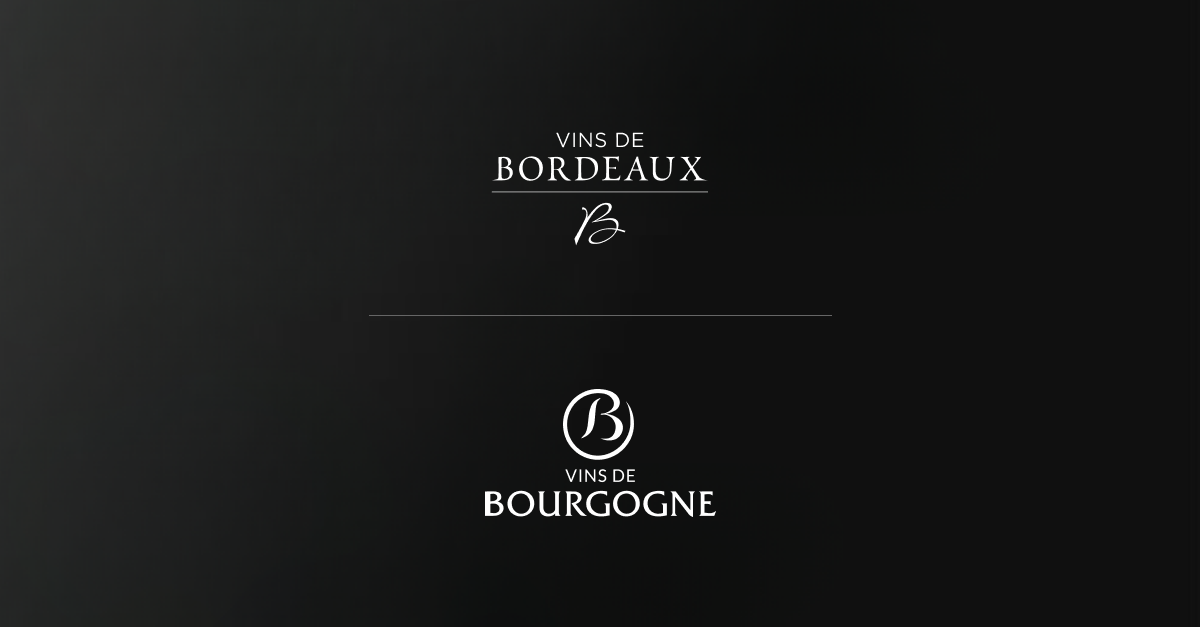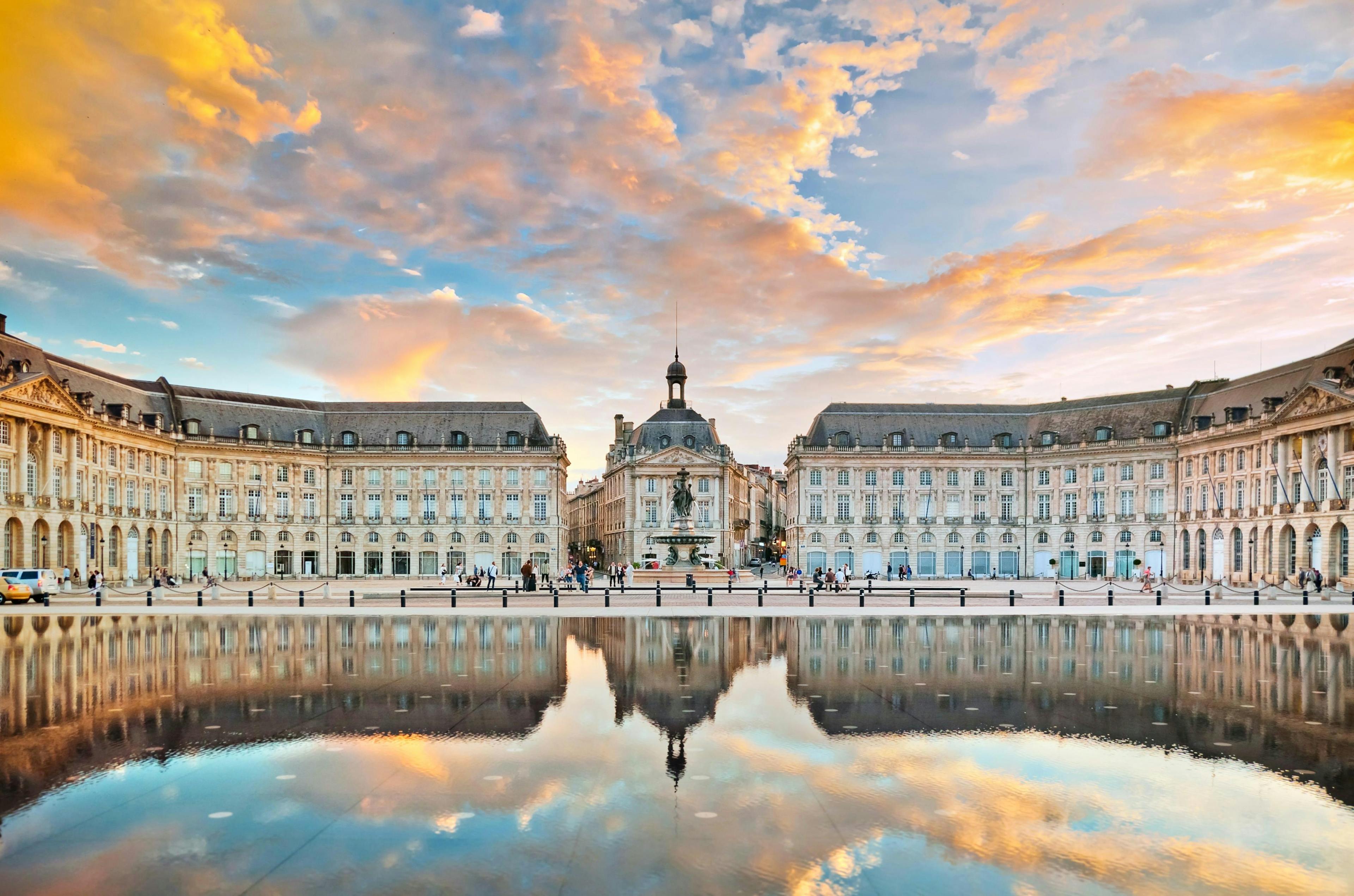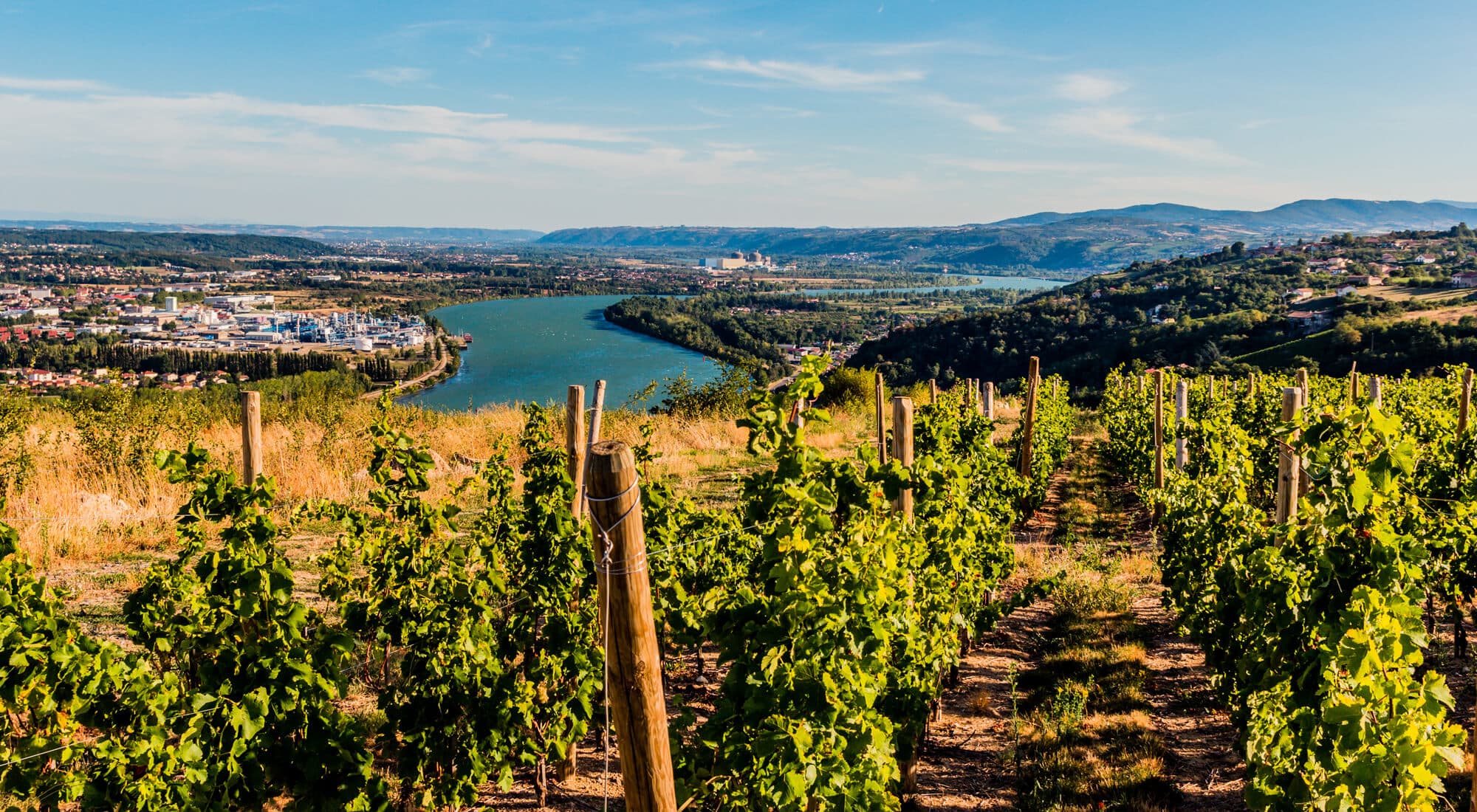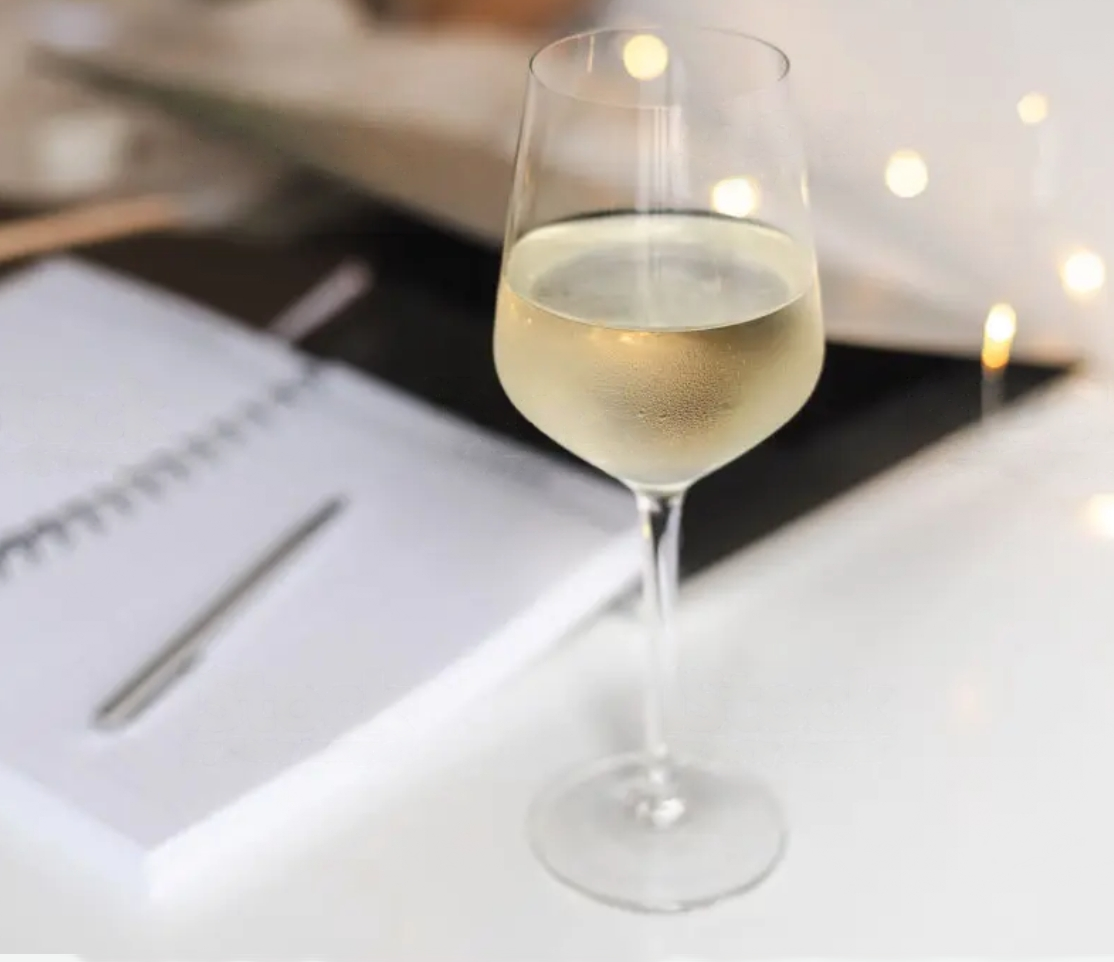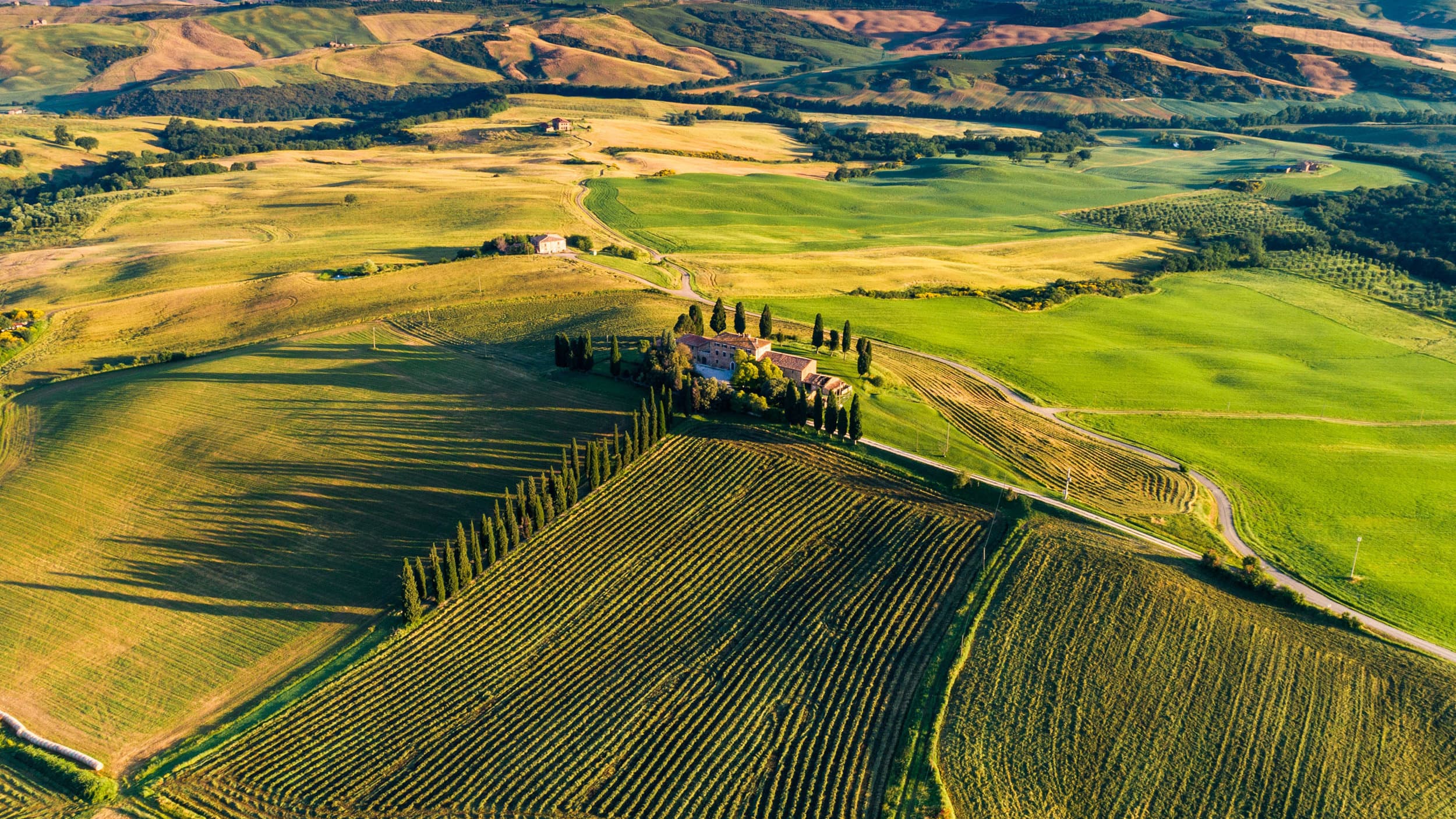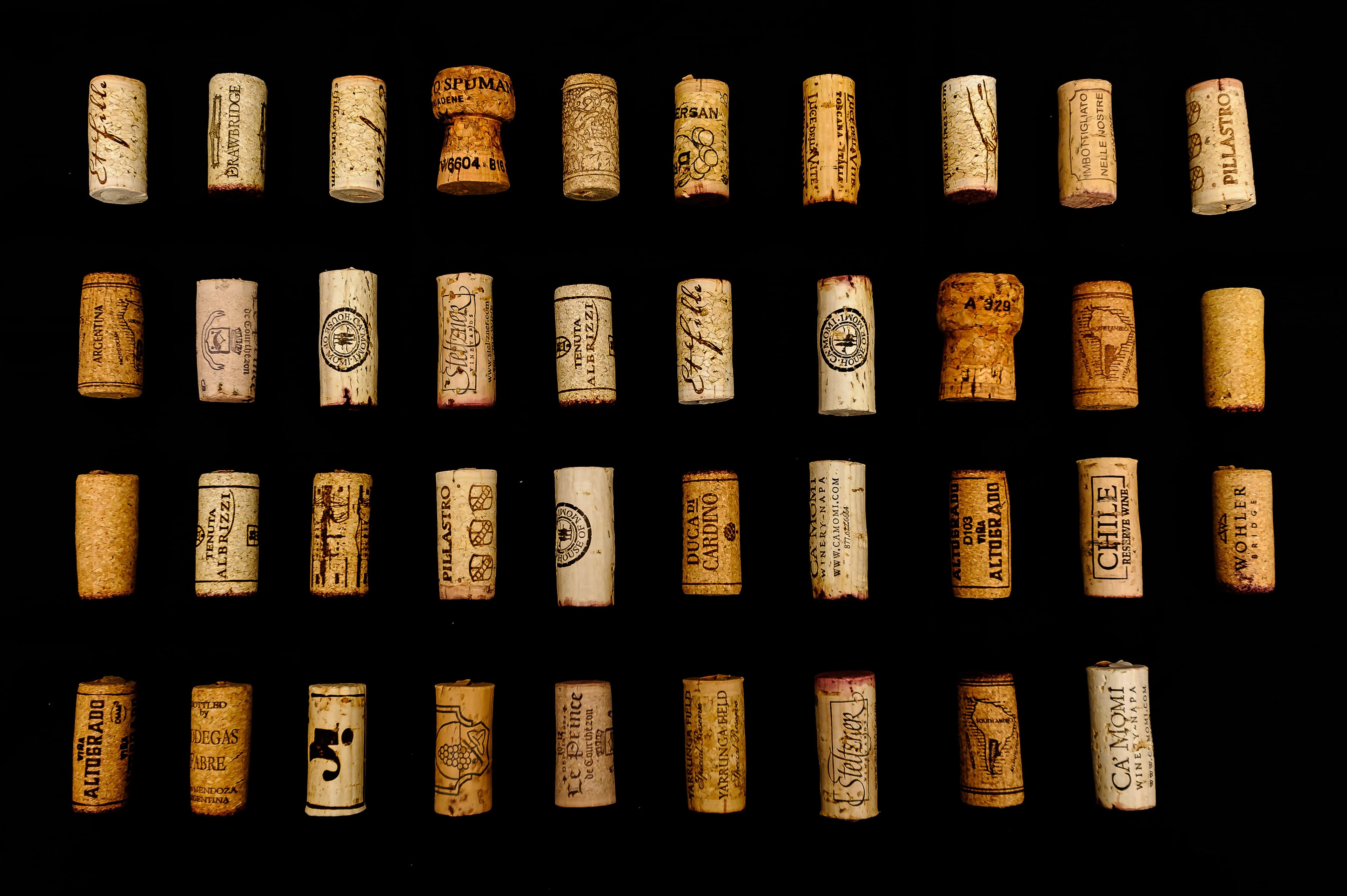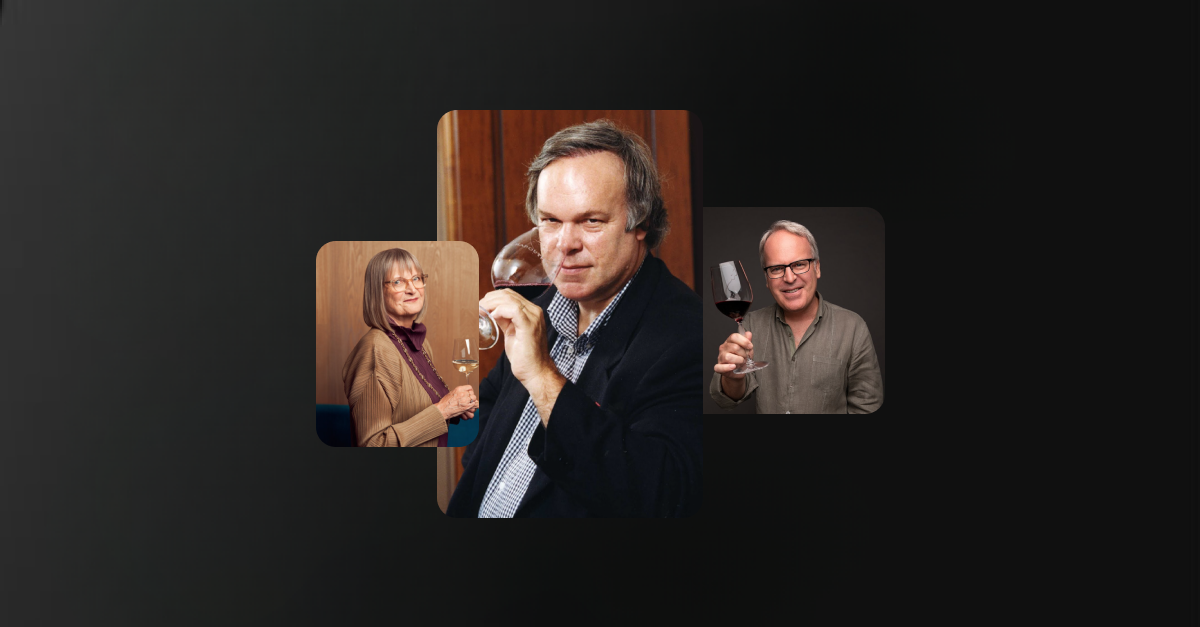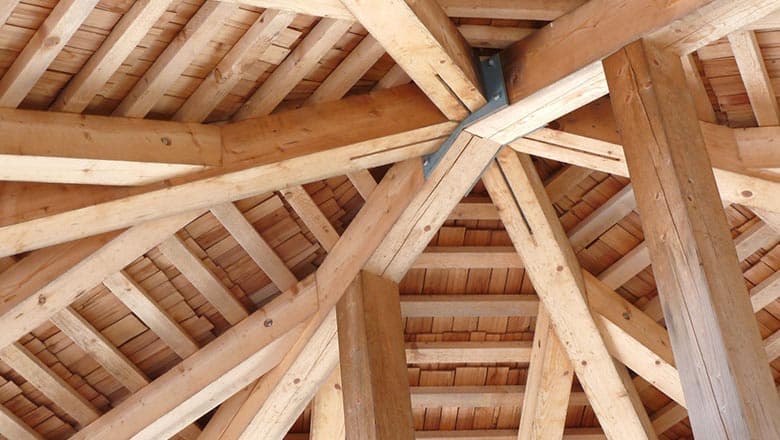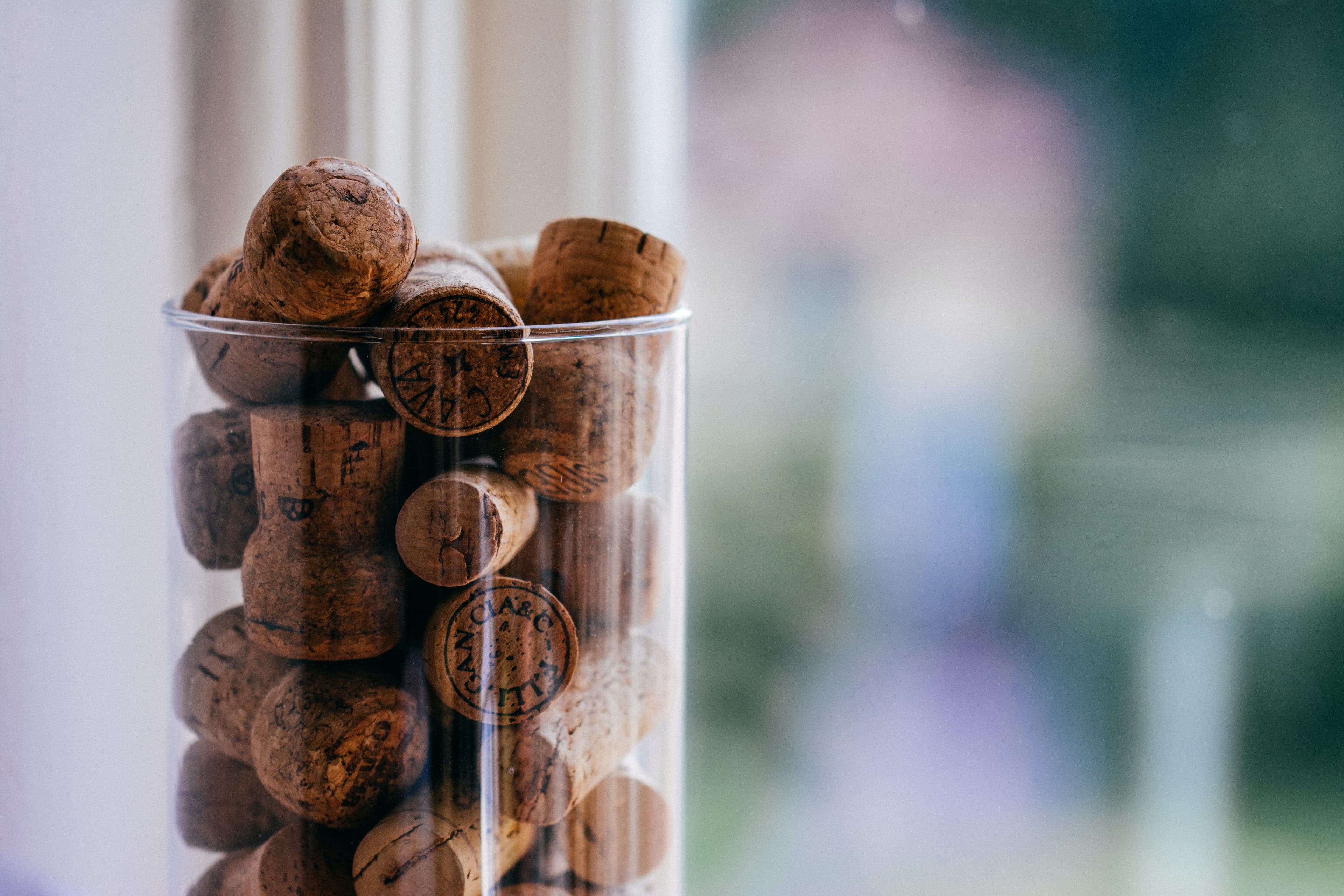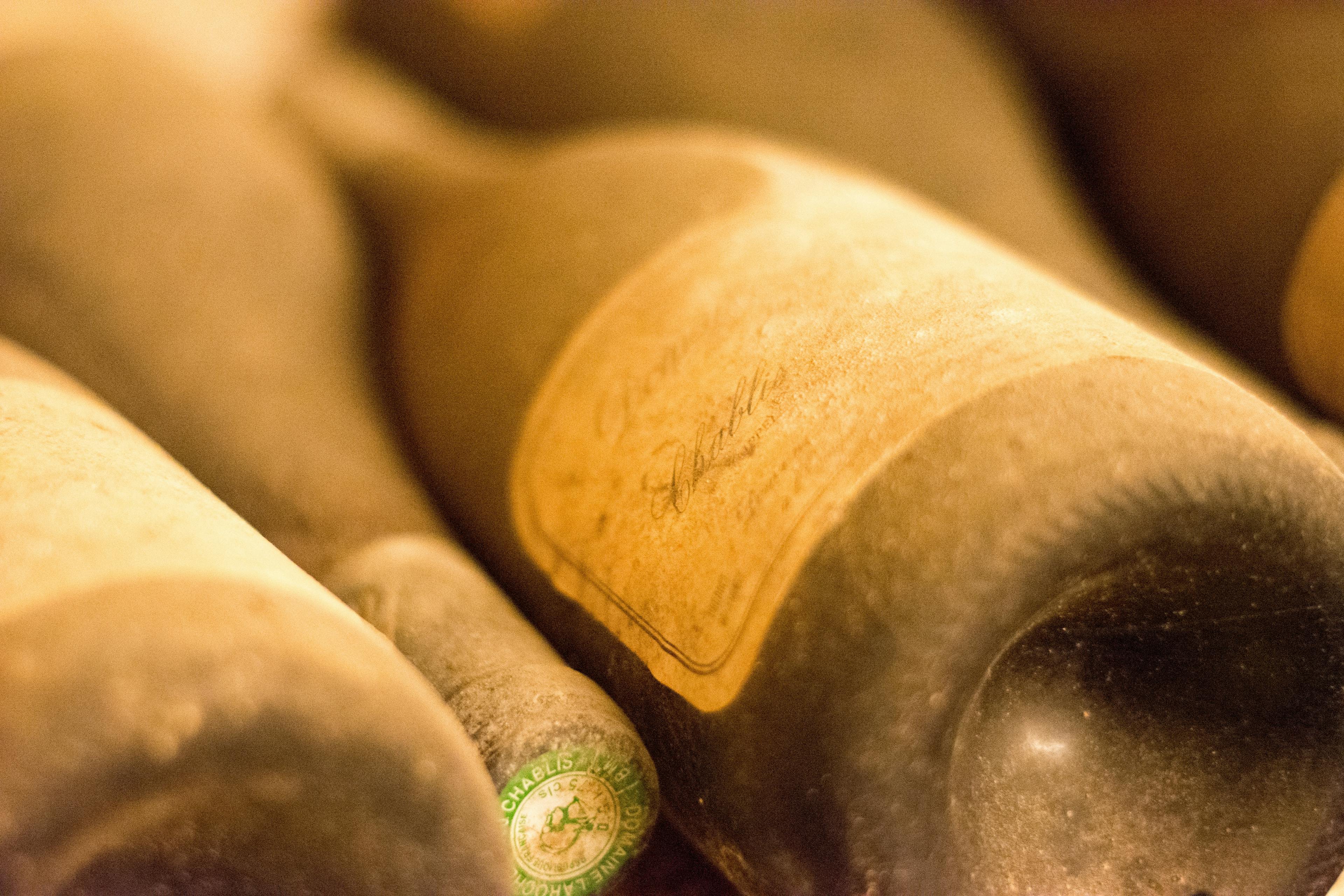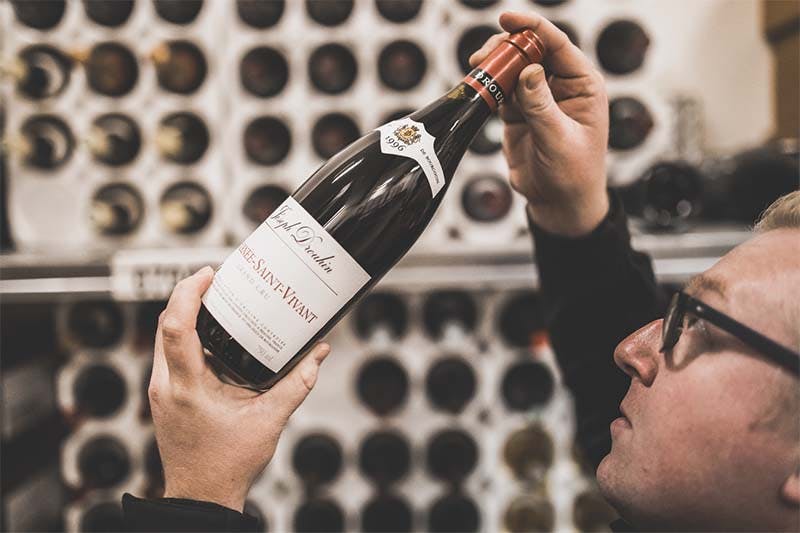
Discover the intricate world of Bollinger, where tradition meets innovation in the heart of Champagne, France. This prestigious label is renowned for its dedication to maintaining high standards of quality and its unique production techniques that have been honed over centuries. From selecting the finest grapes to the meticulous process of fermentation and aging, Bollinger embodies the essence of craftsmanship in the champagne industry. Join us as we delve into the details that make Bollinger a standout in the world of luxury beverages.
The Selection of Grapes in Bollinger Vineyards
The meticulous selection of grapes in Bollinger vineyards is a cornerstone of their renowned quality. This process begins with a careful assessment of soil health and vine age, ensuring that only the best terroirs are used for cultivation. Each plot is evaluated for its specific characteristics, which influences the varietal planted and the cultivation practices employed.
Microclimate Analysis: Experts analyze the microclimates of different plots to determine optimal harvesting times.
Old Vine Preservation: Special attention is given to older vines, which are known for producing grapes with more concentrated flavors.
Sustainable Practices: Emphasis on sustainability helps maintain soil fertility and vine health, reducing the need for chemical interventions.
The history of Bollinger includes a tradition of grape selection that prioritizes natural methods and precise timing, ensuring that each bottle reflects the unique characteristics of its origins. This approach not only preserves the distinctiveness of the wine but also enhances its complexity and depth, making each sip a testament to the art of fine winemaking.
Traditional Methods Used in Bollinger Production
Bollinger, a renowned name in the world of Champagne, adheres to time-honored techniques to maintain its distinctive quality and flavor. One of the key traditional methods is the use of oak barrels for fermentation. Unlike many other houses that rely on stainless steel, Bollinger ferments all its vintage champagnes in these barrels, which imparts a subtle complexity and depth to the wine.
Another significant practice is the riddling process, manually performed for the Bollinger RD cuvée. This labor-intensive technique involves gradually tilting and turning the bottle to consolidate sediment toward the neck for removal. Mastery of riddling ensures clarity and purity in each bottle.
Extended aging on lees is also a hallmark of Bollinger's method. This process, significantly longer than the appellation's minimum requirement, enhances the champagne's aromatic richness and structural integrity. It contributes to the creamy texture and fine bubbles that serve as a signature of the brand.
Lastly, Bollinger maintains a reserve wine collection, with some wines aged in magnums under cork. This unique approach allows for exceptional blending options, ensuring consistency and complexity across vintages.
The Role of Master Blenders at Bollinger
Master blenders at Bollinger play a pivotal role in maintaining the distinct taste and quality of their champagnes. These skilled artisans are responsible for blending various wines to create a consistent flavor profile year after year. Their expertise ensures that each bottle of Bollinger retains the unique characteristics that fans of the brand have come to expect.
Selection of Base Wines: Master blenders meticulously select the base wines from different vintages and vineyards. This selection is crucial as it lays the foundation for the final product.
Sensory Evaluation: They conduct detailed sensory evaluations to assess the aroma, taste, and structure of each wine. This process helps in determining the perfect blend.
Aging Process Oversight: The aging process is carefully monitored by the master blenders. They decide the optimal time for each blend to mature, which can significantly influence the champagne’s complexity and character.
Final Adjustments: Before bottling, they make any necessary adjustments to the blend to ensure the highest quality.
For more detailed facts about Bollinger and the intricate work of their master blenders, exploring dedicated resources can provide deeper insights.
Modern Technologies Adopted by Bollinger
Bollinger has embraced modern technologies to enhance the quality and consistency of their champagne, ensuring that each bottle offers a superior taste. One significant advancement is the use of precision viticulture. This approach employs GPS mapping and satellite imagery to monitor vine growth and soil health, allowing for more accurate and sustainable vineyard management.
Automated Cellar Systems: Bollinger utilizes automated systems in their cellars to control the fermentation process more precisely. This technology ensures optimal temperature and humidity levels, which are crucial for maintaining the wine's character and complexity.
Gyro Pallets for Riddling: The traditional method of riddling, which involves manually turning each bottle to consolidate sediment, has been partly replaced by the use of gyro pallets. These machines can handle thousands of bottles at a time, improving efficiency without compromising the wine's quality.
Optical Sorting Technology: During harvest, Bollinger employs optical sorters that quickly and accurately assess the quality of each grape. This ensures only the best grapes are used, contributing to the premium quality of the final product.
These technological integrations not only streamline production but also reinforce Bollinger’s commitment to excellence and innovation in crafting their renowned champagnes.
Quality Control Measures During Production
Ensuring the highest quality of Bollinger champagne involves stringent control measures throughout the production process. From the selection of grapes to the final bottling, every step is meticulously monitored to maintain the brand's prestigious reputation.
Initially, the grapes undergo a careful selection process in the vineyards, emphasizing the health and maturity of each bunch. This ensures that only the best grapes contribute to the flavor profile of the champagne. In the winery, state-of-the-art technology aids in the precise fermentation process, closely regulating temperature and yeast activity to achieve a consistent taste.
Moreover, Bollinger employs a unique method of vinification. Each batch is fermented in oak barrels, a rarity in champagne production, which adds distinctive aromatic complexity and depth to the wine. The aging process also significantly exceeds the minimum requirements set by the appellation, with Bollinger champagnes maturing for at least three years and often much longer for vintage labels.
Throughout these stages, quality control experts conduct numerous tests and tastings to ensure each bottle meets the stringent standards expected of the brand. For those interested in enhancing their experience, exploring food pairings with Bollinger can elevate the tasting to new heights, matching the champagne's rich and nuanced profile with complementary flavors.
The Art of Blending Different Vintages
Blending different vintages is a hallmark of Bollinger's winemaking philosophy, showcasing their commitment to producing complex and layered champagnes. This process involves meticulously combining wines from various years, each bringing unique characteristics to the final product. The artistry lies in achieving a balance that reflects both the house style and the distinctiveness of the individual vintages.
Depth of Flavor: Older vintages contribute richness and depth, offering mature notes such as nuts and dried fruits.
Freshness and Vitality: Younger wines add vibrancy and freshness, introducing brighter, more acidic elements like green apple and citrus.
Consistency: By blending vintages, Bollinger ensures a consistent quality and style, even as individual harvests vary due to climatic conditions.
Complexity: The combination of multiple vintages enhances complexity, resulting in a champagne with a more intricate array of flavors and aromas.
Mastering this technique requires extensive knowledge and an intuitive understanding of how different years interact. For those interested in enjoying Bollinger, appreciating the craftsmanship behind blending is essential. This appreciation elevates the tasting experience, connecting the drinker to the rich history and meticulous methods of the vintners.
Sustainability Practices in Bollinger's Craftsmanship
Bollinger, a revered name in the champagne industry, has long been committed to sustainability, integrating eco-friendly practices into every aspect of their production. From the vineyard to the store, Bollinger emphasizes environmental responsibility. Their approach includes several key initiatives:
Organic Farming: Bollinger has significantly increased the amount of organic farming techniques used in their vineyards. This method avoids synthetic pesticides and fertilizers, promoting a healthier ecosystem.
Carbon Footprint Reduction: Efforts to reduce their carbon footprint are comprehensive. Bollinger utilizes lighter glass bottles and optimizes logistics to minimize transportation emissions.
Water Management: The company has implemented advanced water management systems to ensure efficient use and recycling of water throughout the production process.
Biodiversity: Bollinger actively promotes biodiversity by maintaining natural habitats around their vineyards. These areas are crucial for preserving local flora and fauna.
These practices not only demonstrate Bollinger’s dedication to sustainability but also enhance the quality of their champagne, ensuring that each bottle is as environmentally conscious as it is exquisite.
Training and Skills Development for Bollinger Artisans
Training and skills development are crucial for maintaining the high standards of Bollinger's champagne production. Each artisan undergoes a rigorous training program designed to enhance their innate talents and provide them with the specialized skills necessary to craft Bollinger's distinct champagnes. This program emphasizes precision, attention to detail, and a deep understanding of traditional methods, all of which are essential characteristics that distinguish Bollinger in the competitive world of luxury champagnes.
Hands-on Experience: New artisans work closely with experienced mentors, learning through direct involvement in every step of the champagne-making process.
Continuous Learning: The training includes ongoing professional development workshops that cover both the heritage and the innovations in champagne production.
Quality Control Training: Artisans receive specific instruction on maintaining the stringent quality standards Bollinger is known for, ensuring every bottle meets their exacting requirements.
Sensory Development: A significant focus is placed on developing the artisans' sensory skills, crucial for blending and tasting, to uphold Bollinger's reputation for complex flavor profiles.
The Annual Harvest: A Crucial Time for Craftsmanship
The Annual Harvest at Bollinger is a pivotal event, deeply rooted in tradition and precision, which significantly influences the quality and character of their popular vintages. This period demands meticulous planning and an acute understanding of viticulture. Each year, Bollinger's experts decide the optimal time to begin the harvest based on the ripeness of the grapes and weather conditions. This ensures that the grapes are at their peak for producing complex, balanced champagnes.
Timing is Everything: The decision on when to pick the grapes is critical. Too early, and the acidity might be too high; too late, and they could lose their vibrant flavors.
Manual Labor: Skilled workers handpick the grapes to preserve their integrity, allowing for a more selective process than mechanical harvesting.
Immediate Processing: Once harvested, grapes are quickly transported to the presses. This rapid processing helps maintain their freshness and prevents unwanted fermentation.
Quality Control: Throughout the harvest, grapes undergo rigorous testing for sugar levels, acidity, and tannin content, ensuring only the best are used for production.
This careful attention during the harvest lays the foundation for creating exceptional champagnes that are celebrated worldwide.
Packaging and Presentation of Bollinger Bottles
Bollinger, a renowned name in the champagne industry, emphasizes not only the quality of its sparkling wines but also the way they are presented and packaged. This meticulous attention to detail ensures that the experience of enjoying Bollinger starts even before the bottle is opened.
Bottle Design: Bollinger bottles boast a distinctive shape, known for their broad shoulders and unique neck, which not only look elegant but also help in preserving the quality and effervescence of the champagne.
Labeling: Each label is crafted with precision, featuring a classic design that reflects the brand's heritage. The use of high-quality paper and embossed printing techniques adds a touch of luxury, making it visually appealing.
Packaging Materials: Bollinger uses only premium materials for its packaging. The boxes are sturdy, designed to protect the bottle during transportation, and are made from sustainable sources to align with environmental commitments.
Gift Boxes: Special editions and vintage releases are often presented in custom-designed gift boxes. These are not only functional but also collectible, enhancing the overall appeal and value of the champagne.
Through these elements, Bollinger ensures that its presentation and packaging match the exceptional quality of the champagne inside, making each bottle a testament to the brand's commitment to excellence.
Conclusion
In conclusion, the craftsmanship behind Bollinger Champagne exemplifies a commitment to quality and tradition that sets it apart in the world of fine wines. From the meticulous selection of grapes to the detailed processes of fermentation and aging, Bollinger maintains a standard of excellence that is palpable in every sip. This dedication not only enhances the flavor and complexity of the wine but also ensures its longevity and appeal in the market.
For enthusiasts and collectors looking to invest in Bollinger, Rekolt offers a seamless solution that preserves the integrity and value of these exquisite wines. By choosing our professional cellar storage option, customers can ensure that their investment is maintained in optimal conditions, ideal for aging and potentially increasing in value over time. Furthermore, our platform facilitates easy trading and reselling, providing a dynamic marketplace for wine lovers to explore and engage with. Whether you are a seasoned collector or a new enthusiast, Rekolt empowers you to delve into the world of fine wines like Bollinger with confidence and ease, ensuring that each bottle you purchase is a testament to both quality and craftsmanship.
Share this article
